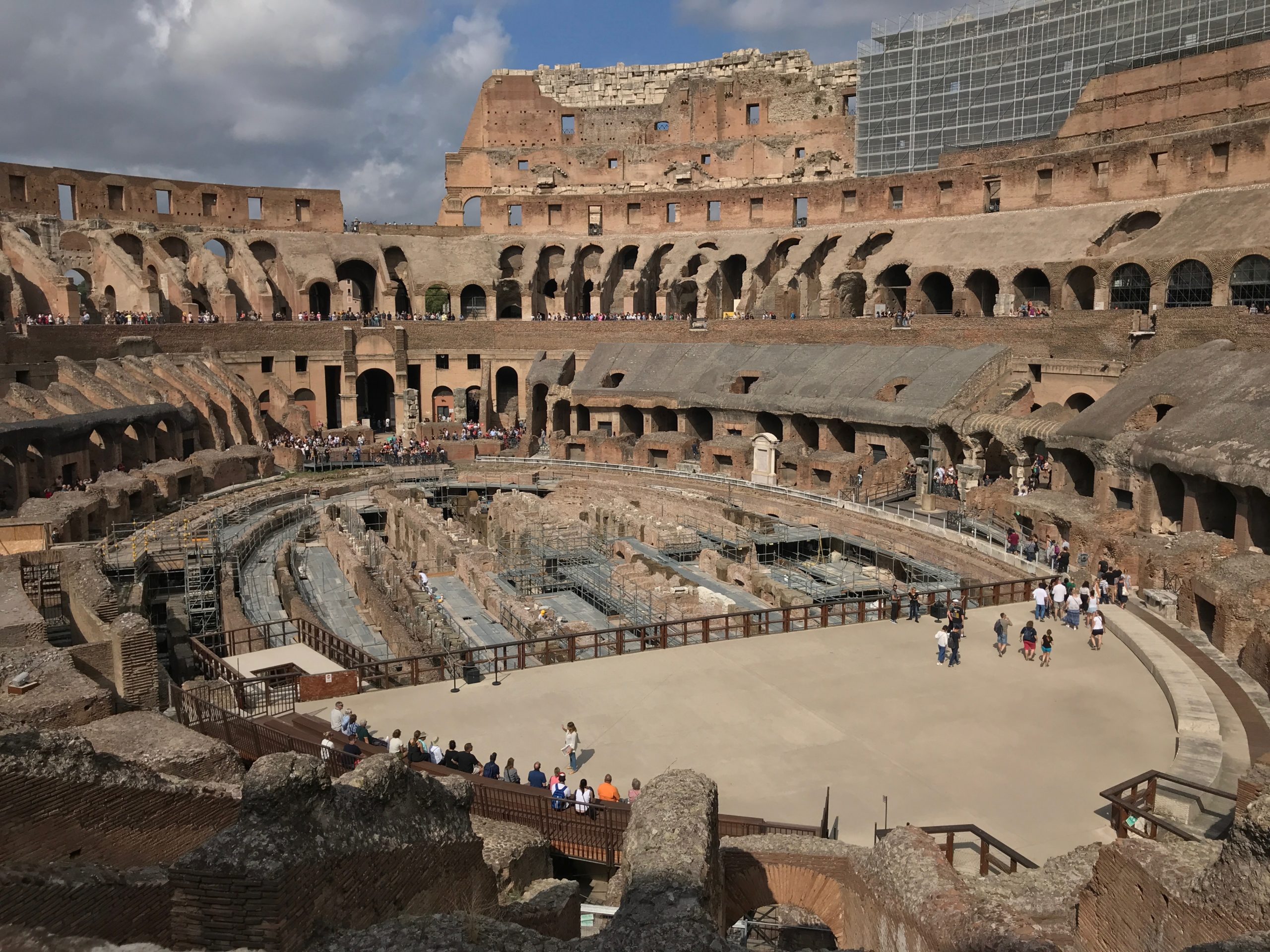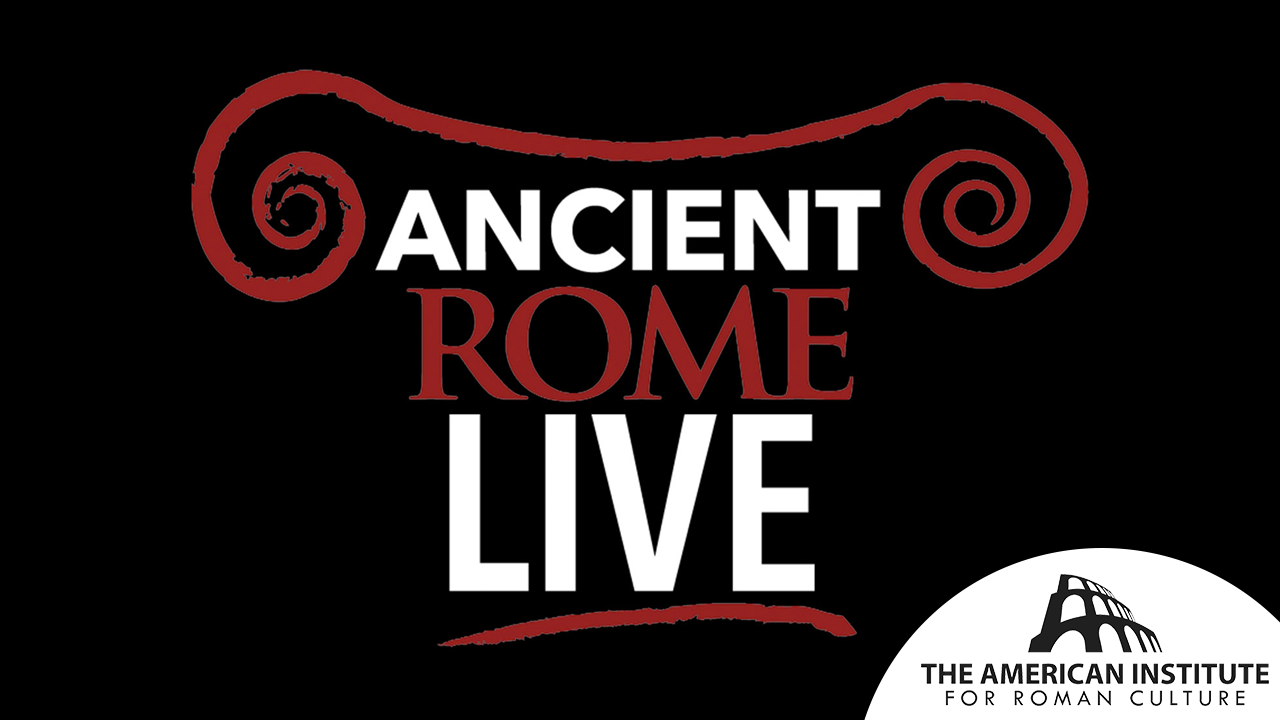Start with our video overview:
As the most populous city of Italy, Rome is often described as a metropolis, in which modern life and ancient monuments coexist in a bustling environment. Considering the eventual extent of ancient Roman hegemony, perhaps it is unsurprising that the city was one of the largest in the ancient world.
The extent of the earliest city of Rome encompassed only the Palatine Hill where Rome has its mythological and archaeological origins. Romulus was believed to have founded his original settlement here in 753 BCE, and material evidence attests to occupation since the tenth century BCE. As the population and power of the city began to increase, so did its boundaries, leading to the aphorism that Rome was founded on ‘seven hills’. Although the region was indeed hilly, ancient authors distinguish between ‘montes’ and ‘colles’, or mounts and hills proper. Furthermore, ancient authors and historians alike have disagreed on which seven of the Roman hills should be included in this classification, leading to the hypothesis that the phrase was intended to be ‘saeptus’, meaning enclosed, and not seven. All agree that the central Palatine Hill played a crucial role in the earliest history and later development of the city.
While the fortification attributed to Romulus enclosed only the Palatine settlement, in the fourth century BCE the Servian Walls were constructed to protect the spread of the city, encircling an area of around 1000 acres. This walled circuit was outgrown by the late republic or early imperial age but not replaced for several centuries as there was no immediate threat of attack on the city during this period. By this time the population had grown to an estimated 750,000 to one million inhabitants, discerned from written primary sources such as censuses as well as archaeological remains of the crowded insulae (multi-storey apartments) in which most people lived in an area that was largely occupied by public structures such as baths and parks.
The final ancient fortification was the Aurelian Walls built in the third century CE; they contained an area of 3000 hectares, demonstrating the immense growth of the city, which had become the largest in antiquity. However, a decline in the wealth and security of Rome following the collapse of the Western empire caused drastic depopulation, with the population dwindling to tens of thousands concentrated in the areas surrounding the basilicas of St Peter and St John Lateran. Throughout the Renaissance, the population remained around 50,000, with large influxes of pilgrims at given points throughout the Christian calendar. Notwithstanding, the Aurelian Walls served until 1870 when Rome was captured during the unification of Italy; much of this circuit still stands today, although the enclosed city has continued to change. At the time of unification when Rome was chosen as the new national capital, its population numbered only 200,000, still a mere trace of the ancient proportions. In the last 150 years, this number has swelled once again to over three million, although an important detail is that fewer than one million live within the ancient walls, meaning that the modern population is still not as dense as in antiquity.
References
- J. Nijboer, “Fortifications in and Around Rome, 950–300 BC”, Understanding Ancient Fortifications: Between Regionality and Connectivity, (Oxford Books 2018).
- B. Evans, “The ‘Romulean’ Gates of the Palatine.” American Journal of Archaeology 84, no. 1 (1980).
- R. Patterson, “The City of Rome Revisited: From Mid-Republic to Mid-Empire”, The Journal of Roman Studies 100 (2010).
- G. Bernard, “Continuing the Debate on Rome’s Earliest Circuit Walls”, Papers of the British School at Rome 80, 1-44, (2012).
- P. Wiseman, “Reading the City: History, Poetry, And the Topography of Rome”, (1992).
This content is brought to you by The American Institute for Roman Culture, a 501(C)3 US Non-Profit Organization.
Please support our mission to aid learning and understanding of ancient Rome through free-to-access content by donating today.
Cite This Page
Cite this page as: Darius Arya, The American Institute for Roman Culture, “The Roman Metropolis” Ancient Rome Live. Last modified 10/24/2019. https://ancientromelive.org/the-roman-metropolis/
License
Created by The American Institute of Roman Culture, published on 10/24/2019 under the following license: Creative Commons: Attribution-NonCommercial-ShareAlike. This license lets others remix, tweak, and build upon this content non-commercially, as long as they credit the author and license their new creations under the identical terms. Please note that content linked from this page may have different licensing terms.



